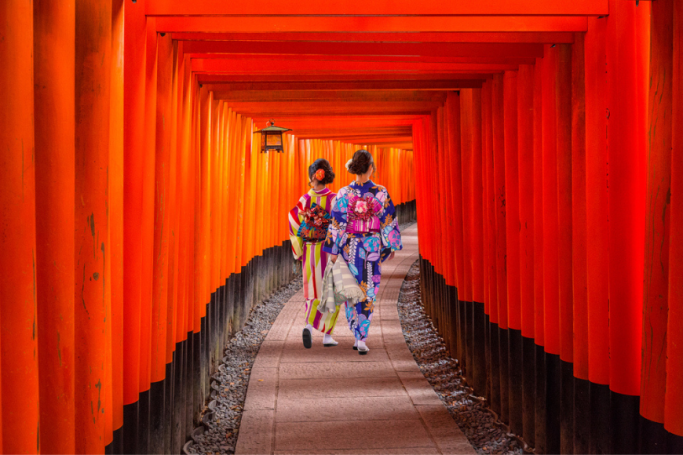Nizwa was the capital of Oman in the 6th and 7th century and is one of the oldest cities of the Sultanate.
18 July 2013
| Last updated on 14 June 2017
Nizwa is an verdant city which blends the modern tone and the ancient feel of the city. It was one of the oldest cities of the Sultanate and was the capital city of Oman in the 6th and 7th century. In Nizwa there is the important cross roads at the base of the Western Hajar Mountains which connected Muscat, Buramu and the lower reaches of Dhofar. The Falaj Daris of Nizwa is the largest single falaj in Oman and provides the surronding countryside with much needed water for the plantations. The distance from Nizwa to Muscat is 174 kilometres, and takes around an hour and half along a paved road. It is accessible via buses or coaches which belongs to the Oman National Tourist Corporation. There are also cars taht can be hired by the car rental agencies.
The city found fame for its historical crafts and monumentsas well as agricultural products. In Nizwa they have a expensive Souq which showcased a variety of handicrafts such as coffee pots, swords, leather goods and silverware. In 1650, they had Nizwa fort completed which was the seat of power during the rule of the Al Ya'ruba dynasty and is Oman's most visited National monument. The reconstructed Sultan Qaboos Mosque is one of the oldest mosques in Oman.
A few kilometres from Nizwa lies the mysterious town of Bahla.. Some people today still believe that magic is afoot in Bahla and many Omanis are superstitious when it comes to talking about the place. This little town is famous for its pottery. The old Bahla fort with its 12 kilometre wall is the oldest fort in Oman. It is believed to have been built in pre-Islamic times and is now undergoing reconstruction sponsored by UNESCO and the site is included on UNESCO's list of World Heritage monuments.
A short distance beyond Bahla lies the Castle of Jabreen. This massive three-storied edifice was also built during Al Ya'ruba dynasty of the mid 1600's. It is a fine example of Islamic architecture with beautiful wooden inscriptions and paintings on the ceilings. Other interesting locales between Nizwa and Bahla are the 400-year-old village of Al Hamra and the mountainside village of Misfah Al Abreen.





















































_2.jpg?itok=XEABuHuU)















































_2.jpg?itok=j80YWwf-)



















